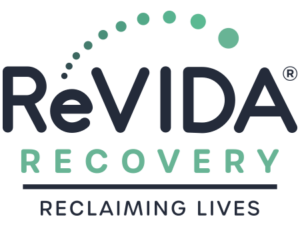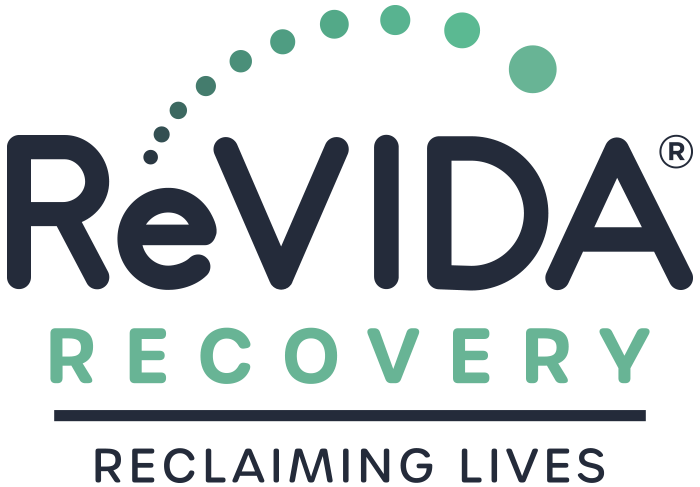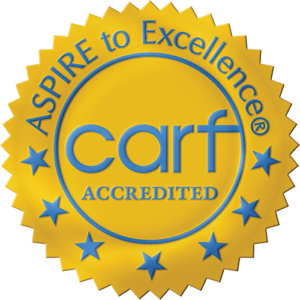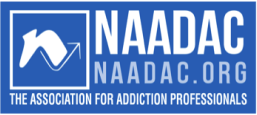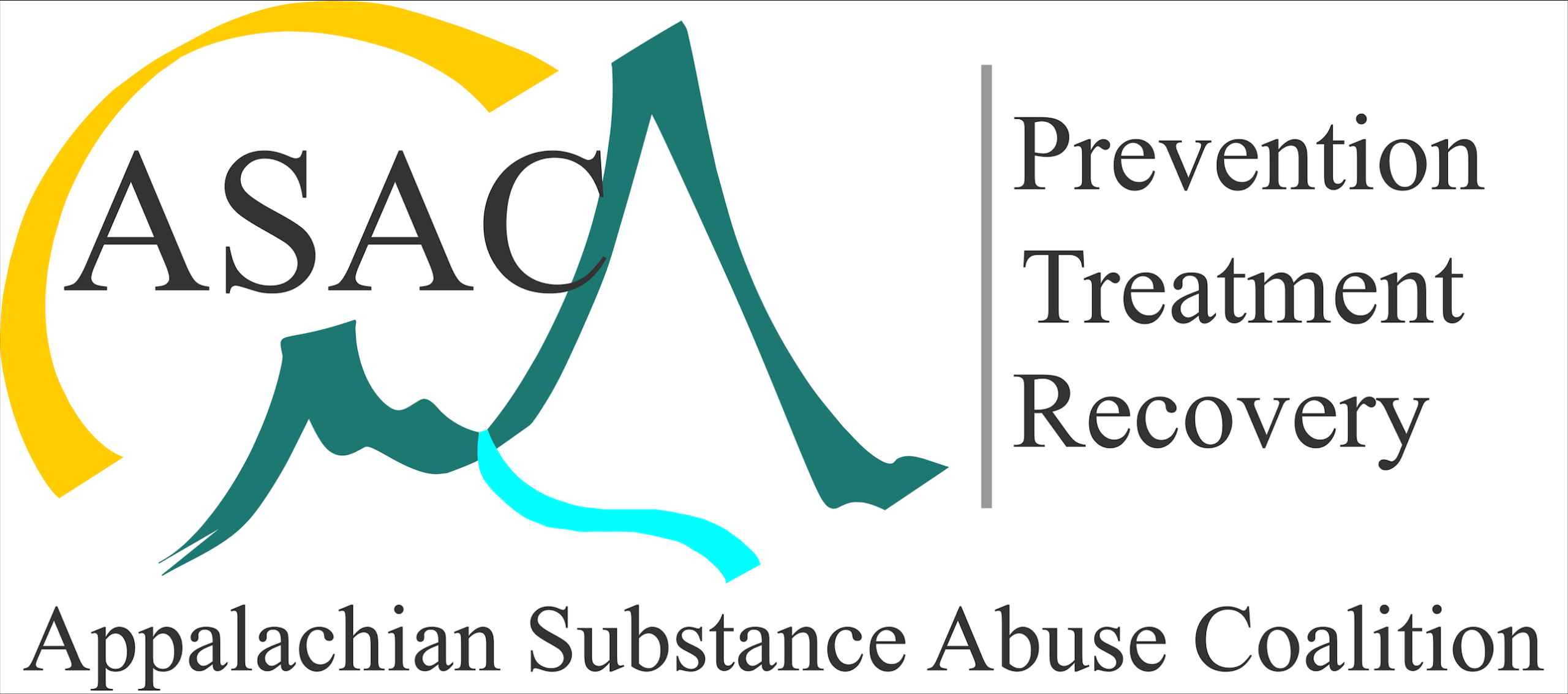
Heroin, an illegal opioid derived from morphine, has caused over 143,000 overdose deaths since 1999. Despite this, over 15 million people use heroin worldwide, and it’s a booming market with around 55 billion dollars worth of annual sales. Tennessee is no exception with 70,000 residents currently managing an opioid addiction. At ReVIDA® Recovery, these numbers hit us hard because we know 100% of these deaths are preventable.
Today we’re discussing heroin in one of its most popular forms: “black tar.” This form of heroin is both inexpensive and fairly easy to obtain – a deadly combination.
Table of Contents
What is Black Tar Heroin?
Black tar heroin is sticky and black. It doesn’t take long to make because the process to refine it isn’t as complicated as other types of heroin. This makes it “less pure”, which makes it easier to mass produce. Because of this, it’s also cheaper than other forms of heroin. The majority of black tar heroin is produced in Mexico, so it’s more popular in western states.
How Do People Use Black Tar Heroin?
Unlike other forms of heroin, black tar isn’t easy to inject. Because it’s thick and sticky, people will often add liquid and heat it so it can be injectable. Some will mix it with hot water and squirt it into the nose. You can often find burnt foil or spoons in the possession of someone who is using black tar heroin.
What is the Difference Between Black Tar Heroin and Other Types of Heroin?
- Consistency: While other types of heroin are in a powdery/granular form and are either white or beige, black tar heroin is black and sticky.
- The process of making it: The first step in making heroin of any kind is to extract morphine from a poppy plant. The sap from opium poppies is dried and boiled with lime, and it turns into a white, scummy material. The scum is then mixed with ammonia, heated, and filtered many times. The result is a brown morphine paste. To create heroin, this morphine paste is combined with chemicals that further purify the morphine. This is all done in illegal labs.
- Black tar heroin skips a couple of steps in the refinement process: The consistency is caused because of remaining impurities that were never filtered out. This makes black tar heroin even more dangerous than other types, especially for the lungs, and it comes with a higher risk of illness or death.
- Where it comes from: Black tar heroin is primarily produced in Mexican labs.
- Purity levels: The purity of a drug like heroin refers to the process in which it was made. It is the measurement of the quantity of a prevalent component of a drug when only that substance is present. Black tar heroin has a purity level of around 30%, whereas powdered heroin is said to have a purity level closer to 40%.
The Side Effects of Black Tar Heroin
The side effects of taking heroin in any form are extensive, but because black tar heroin isn’t as pure, it’s even more dangerous. Let’s talk about some common side effects that come with taking this form of heroin:
- Collapsed veins (from injecting)
- Abscesses
- Constipation or bowel obstructions
- Kidney disease
- Liver disease
- Lung disease
- The onset or worsening of mental health conditions
- Hallucinations
- Insomnia
- Infections in the lining of the heart
- Abdominal cramping
- Irregular periods
- Erectile dysfunction
Not everyone will experience all of these symptoms when taking black tar heroin. Some factors contribute to a higher risk of experiencing side effects, like whether or not you’ve taken other substances alongside black tar heroin or whether or not you had liver/kidney disease to begin with. Things like age, gender assigned at birth, weight, and mental health conditions can also play a role in whether or not someone will experience side effects (or how serious the side effects will be).
The Dangers of Black Tar Heroin Overdose
As mentioned earlier, overdosing on heroin is very common. It’s also preventable. Because heroin (in all of its forms) is illegal, many feel they can’t call for help if they’re experiencing an overdose. The same goes for others – if a friend or someone they know is overdosing, they worry that calling for help will mean jail time. It will not. Tennessee’s Good Samaritan Law prevents any legal action from being taken against someone who seeks medical help for heroin use. If you feel like you’re experiencing a heroin overdose, or if you’re in the company of someone you believe needs help, never hesitate to call for emergency services. You can dial 911 or poison control.
Overdose doesn’t just happen because someone has taken a large dose of black tar heroin. It can also happen if someone has never taken it before and their body isn’t used to it. Overdoses are more common if someone is taking other substances alongside heroin. Opioids are depressants, and any time they’re mixed with other depressants (like alcohol or benzodiazepines) the risk of overdose and breathing problems increases.
Treatment for Heroin Addiction
At ReVIDA® Recovery, we have seen firsthand how effective, evidence-based treatment can be in eliminating opioid use disorder (OUD). It doesn’t matter how long you’ve been taking heroin or how impossible it feels to stop right now – recovery is always possible. Let’s talk about some of the treatment options we offer here that could be right for you.
Medication-Assisted Treatment (MAT)
While you’re here for MAT, you’ll be closely monitored by a compassionate and knowledgeable staff. Medications are available that can help in alleviating withdrawal symptoms and guiding you safely into recovery. You’ll also have access to resources that can help you on your journey moving forward, including individual counseling, group counseling, and support groups. In an MAT program, we use medications alongside traditional therapy to guide you away from opioids and into a healthy life of recovery.
You’ll also have the option to move forward with our outpatient treatment program. If a higher level of care is warranted, we will provide referrals for a local inpatient or residential treatment program. Your clinician will go over all of your options to set you up for success.
Buprenorphine (Suboxone®) Treatment
Medication-assisted treatment, or MAT, is a safe and evidence-based way to treat OUD. At ReVIDA® Recovery, we support the use of buprenorphine (Suboxone®) because it has been proven to reduce cravings while working to prevent relapse. To receive buprenorphine (Suboxone®) treatment, you will have to be opioid-free for 24 hours.
Outpatient Rehab Services
We believe that both individual and group therapy are critical components in the treatment of heroin addiction– especially if you’re looking for long-term recovery. This is a safe and supportive space where you will learn how to manage your triggers and create healthy coping mechanisms. Our behavioral healthcare team is composed of licensed therapists, certified counselors, care coordinators, and peer recovery specialists who are standing by and ready to help. If we can treat your addiction where it started, at its roots, your chance of recovery is greater than if we were to simply treat your heroin withdrawal symptoms.
At ReVIDA® Recovery, we’re standing by to help you reclaim your life from black tar heroin. Recovery is possible, and you can start your journey to wellness whenever you’re ready. To learn more or to schedule an appointment, please call us today at 423-631-0432.
Frequently Asked Questions
What does black tar heroin look like?
Black tar heroin is sticky and black. You can often find burnt foil or spoons in the possession of someone who is using black tar heroin.
What’s the difference between black tar heroin and other forms of heroin?
Black tar heroin has a different consistency, process of refinement, and purity level than other forms of heroin. It’s also produced in Mexico the majority of the time.
